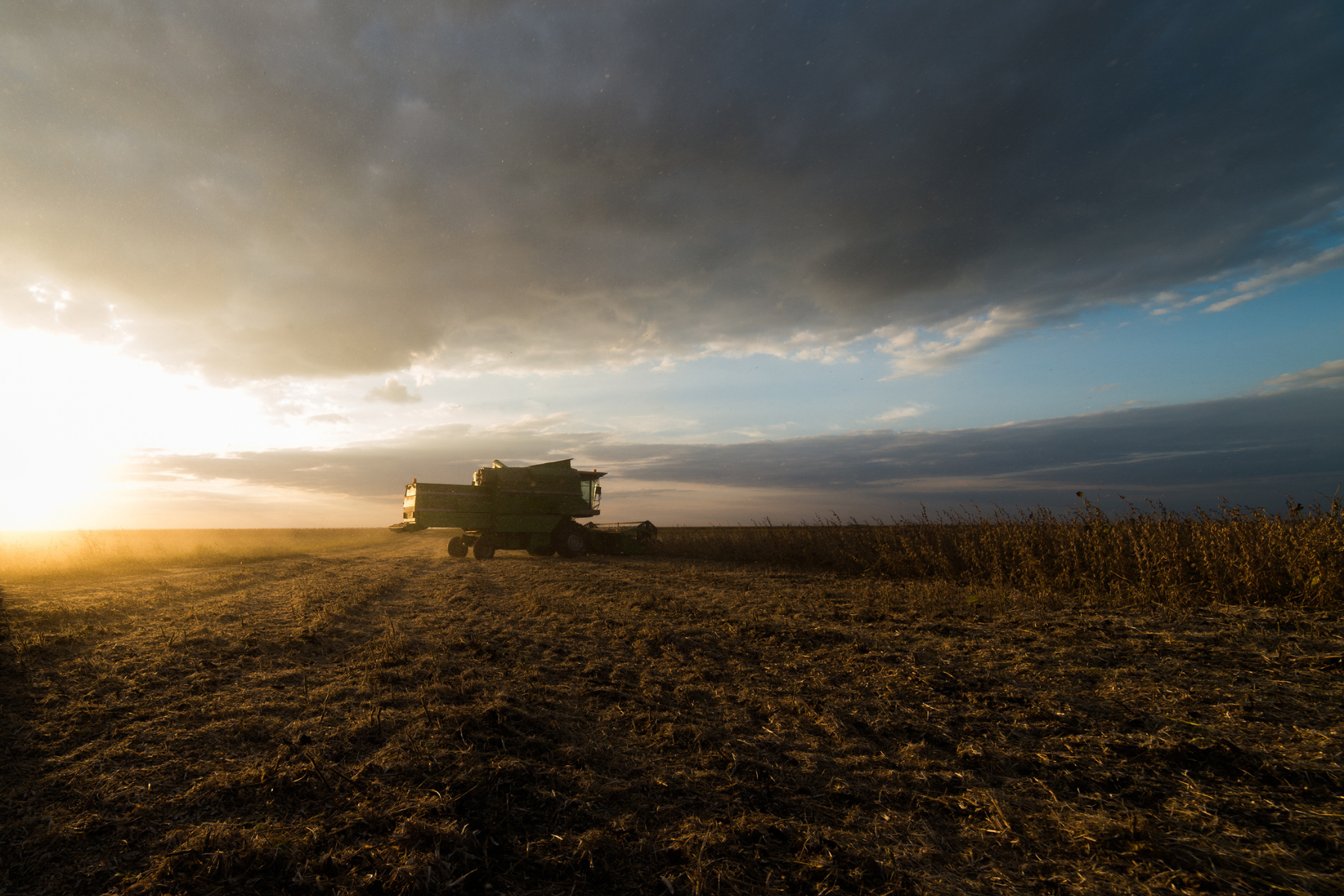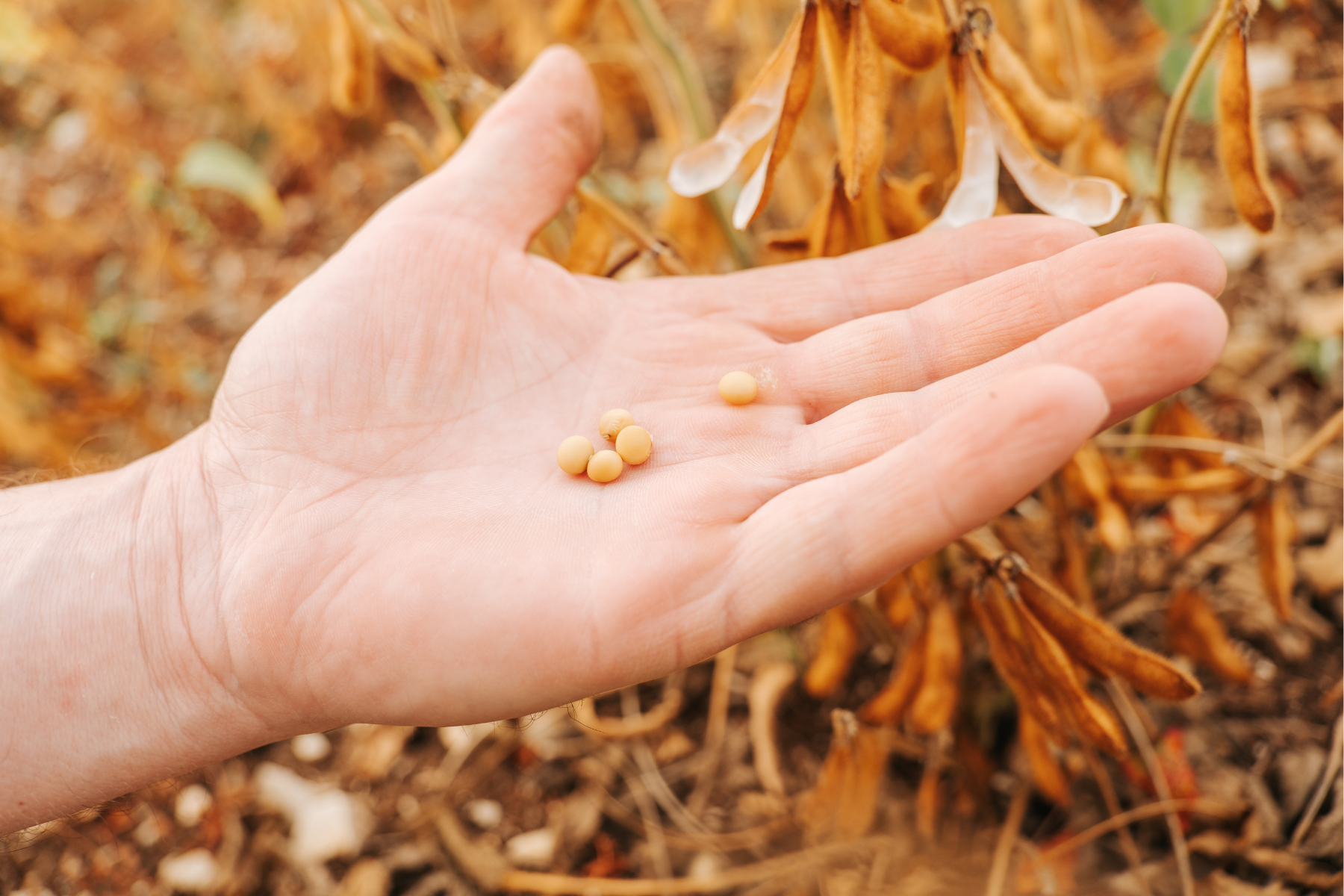Nitrogen is one of the most important nutrients for crop growth, and its proper management is crucial for maximizing yield potential. However, applying nitrogen at the wrong time or in the wrong form can lead to inefficiencies, nitrogen loss, and unnecessary costs. Spring nitrogen application strategies can vary based on your crop type, soil conditions, and weather patterns. Understanding the best practices for nitrogen management is essential for achieving a productive growing season.
Timing is Everything
The timing of nitrogen application can significantly impact crop uptake and efficiency. If nitrogen is applied too early or too late, plants may not absorb it effectively, leading to wasted resources and poor growth.
- Pre-Planting Applications: In some cases, applying nitrogen before planting can be beneficial, especially for crops like corn. This ensures that nitrogen is readily available to seedlings as they begin to grow. However, pre-plant nitrogen applications must be carefully managed to avoid losses due to volatilization or leaching, especially if heavy rains follow application.
- Side-Dress Applications: For many growers, side-dressing is the preferred method for nitrogen application. This technique involves applying nitrogen during the growing season, typically when the crop reaches the V4 to V6 stage. Side-dressing allows the crop to take up nitrogen when it needs it most, reducing the risk of nitrogen loss through volatilization or leaching. These applications can also be made later in the season with high-clearance equipment.
Split Nitrogen Applications
Split nitrogen applications, where nitrogen is applied in multiple doses throughout the growing season, can significantly improve efficiency. This approach ensures that the crop has access to nitrogen at different stages of growth, which is especially important for crops with varying nutrient needs during the growing season.
- For corn, applying nitrogen at planting, followed by a side-dress application later in the season, can maximize uptake and minimize loss.
- For wheat, split applying nitrogen in the spring significantly limits the risk of nitrogen loss and increases nitrogen use efficiency.
For soybeans, nitrogen is typically not needed in the same quantities, but a foliar application of N at flowering can help maintain as many flowers as possible and maximize yield potential.
Nitrogen Formulations
The form of nitrogen you use can also affect its efficiency and timing of application. Some forms of nitrogen, such as urea or ammonium nitrate, are more prone to volatilization, especially under hot, dry conditions. Other forms, such as slow-release nitrogen or urea-ammonium nitrate (UAN) solutions, offer a more controlled release of nitrogen to crops throughout the growing season.
Soil Testing and Fertilizer Placement
Soil testing is crucial to understanding your field’s nutrient profile and nitrogen needs. By testing the soil before applying nitrogen, you can tailor your fertilizer application to the specific needs of your crop, avoiding excess nitrogen application that could be costly or environmentally damaging.
Conclusion: Effective Nitrogen Management for Maximum Yields
Proper nitrogen management is critical for maintaining crop health and maximizing yields. By carefully considering the timing, form, and application method for nitrogen, you can ensure that your crops get the nutrients they need at the right time. This not only boosts your yield potential but also improves the environmental sustainability of your farming practices. By implementing these strategies, you’re investing in the long-term health and productivity of your fields.




